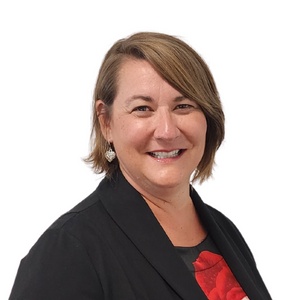The average Australian property investor could lose money in their first year, with those in the nation’s two largest capitals likely to be more than $23,000 out of pocket in just 12 months.
With a mix of stamp duty and land tax outstripping rental returns and major capitals thought to be approaching home value peaks, in many cases it could be years before landlords turn a profit.
Figures showing just how much investing costs in the first year of ownership by Property Investors Council of Australia director Ben Kingsley have been released along with a warning over any further consideration of scrapping negative gearing at the next federal election.
His figures show that after 12 months owning a $937,289 investment in Melbourne, out of pocket expenses are likely to leave an investor there $26,798 in the red – the worst figure in the country.
The loss is calculated based on a 3.1 per cent rental return of about $29,056 a year being deducted from a $53,717 stamp duty bill and $2137 in land tax.
Despite a far higher $1,441,957 median house value that added almost $10,000 more in stamp duty to the typical Victorian figure, Sydneysiders are slightly better off with an expected $23,762 loss.
The bleak calculations from Empower Wealth boss and PICA director Ben Kingsley show at the end of the past financial year, investors just buying in would have been poised to incur losses across almost every major capital.
First year investment profit estimates by capital city
Sydney: -$23,762
Melbourne: -$26,798
Brisbane: -$5114
Adelaide: -$17,144
Perth: $1155
Hobart: $783
Darwin: $6393
Canberra: -$6244
Estimates do not factor in capital growth, interest costs, property management fees or tax adjustments due to high variability. (Source: The Property Couch Podcast)
In Adelaide the $811,059 typical house purchase would leave an investor $17,144 out of pocket a year on, while in Brisbane there would be a $5114 shortfall after investing in the city’s $937,479 median home price.
With Canberra also taking a loss, only Perth, Hobart and Darwin were in the black.
Mr Kingsley said while some investors might expect to take a loss in their first year, few would expect it to be in the tens of thousands of dollars.
While rising investment lending would seem to suggest many were taking this on, the property pundit noted that the data did not distinguish between commercial and residential investments – and he believed it was likely there was substantial growth in people buying industrial, retail and office assets that offered more favourable conditions for landlords.
The property pundit said that over five years in most capitals the losses would be covered by capital gains for people buying a home with a traditional deposit. But for those leveraging equity in their own home to do so, rather than putting down cash, it was probable they would take longer.
Australian Home Investing: What New Landlords Need to Know
For investors navigating Australian home investing, understanding the financial impact is crucial. Get in touch to discuss how to manage Australian home investing challenges effectively.
